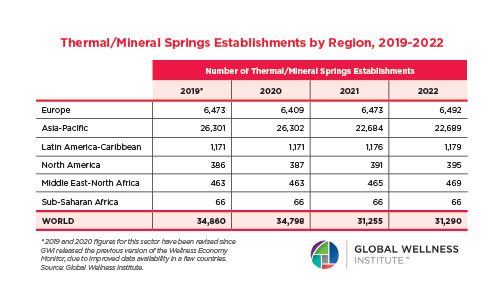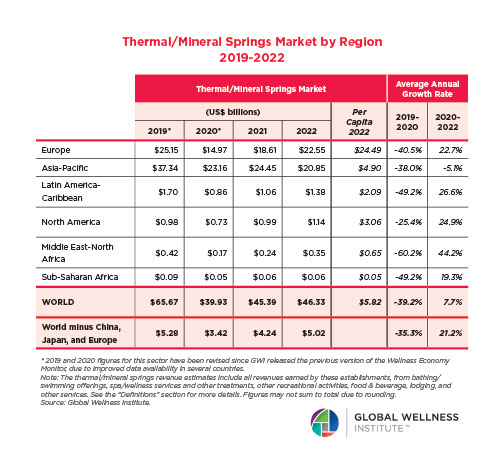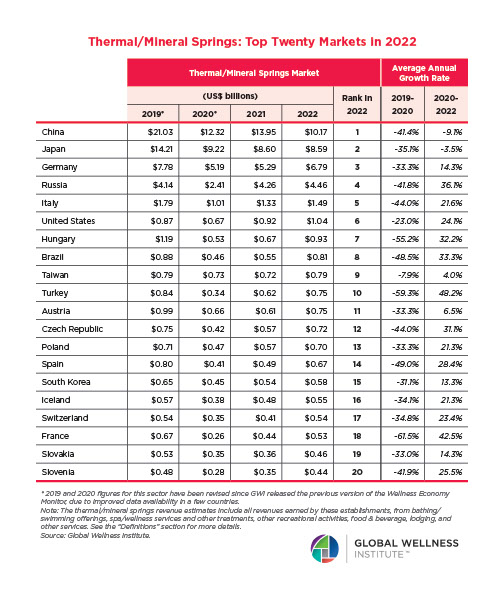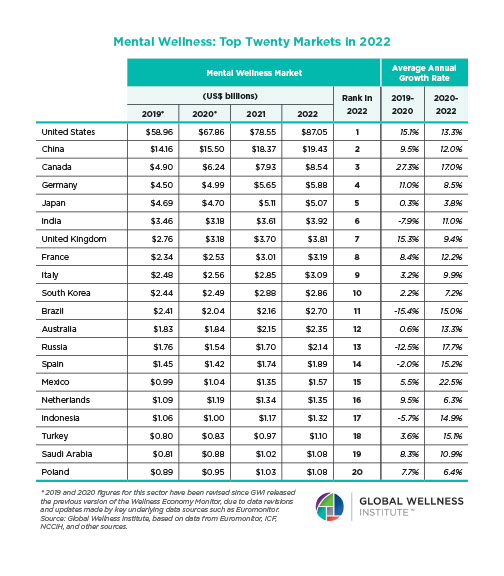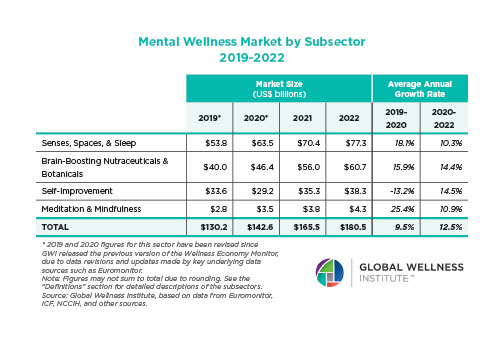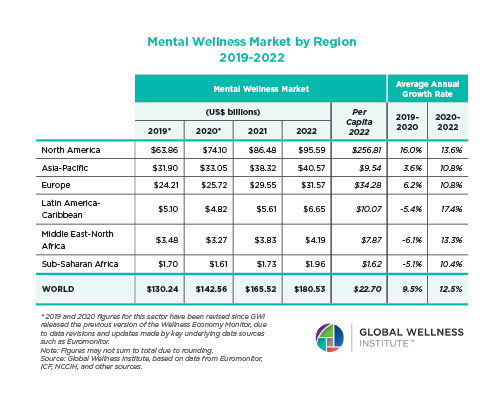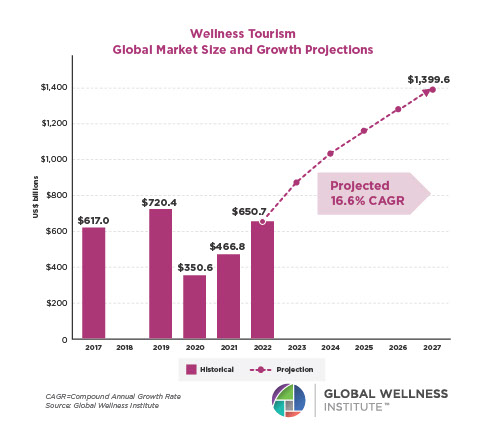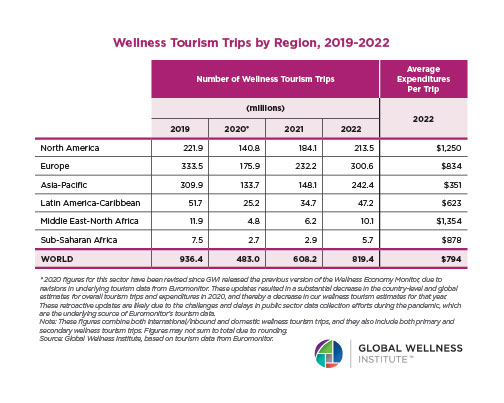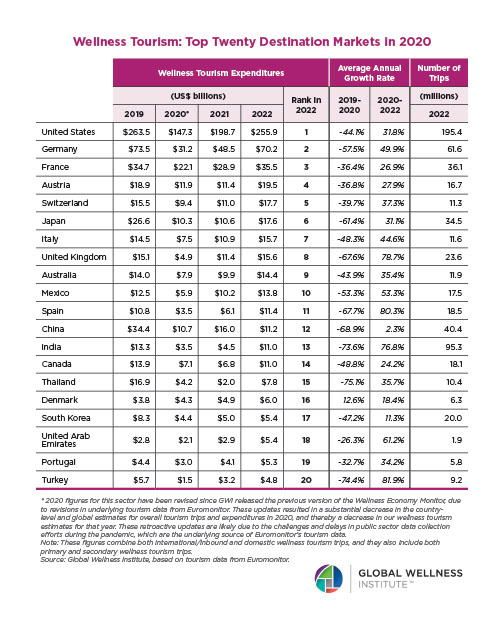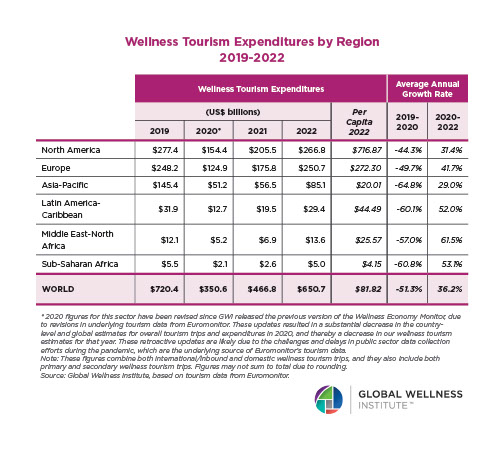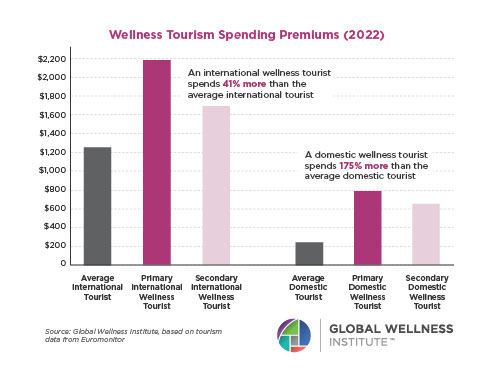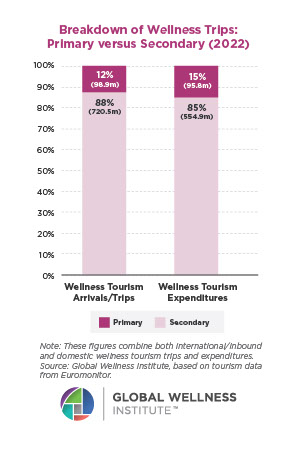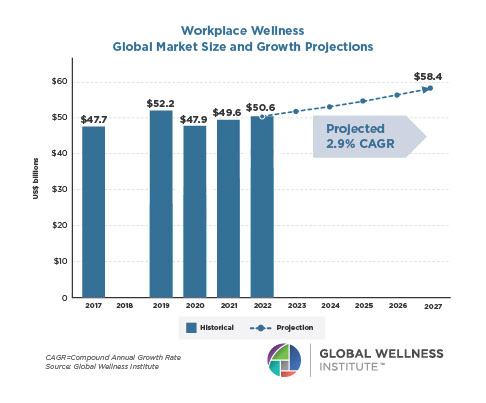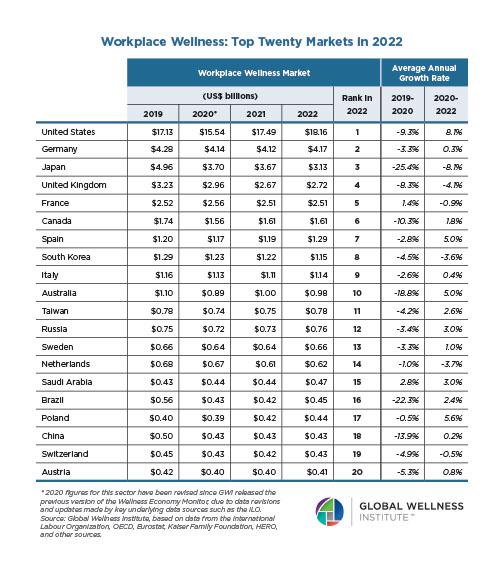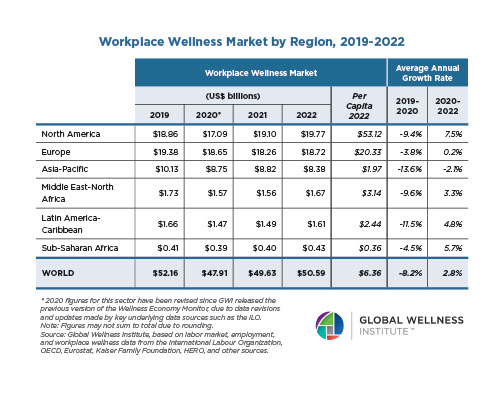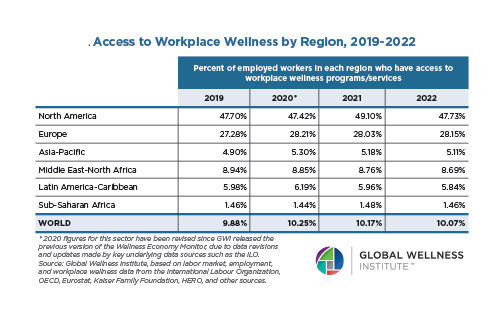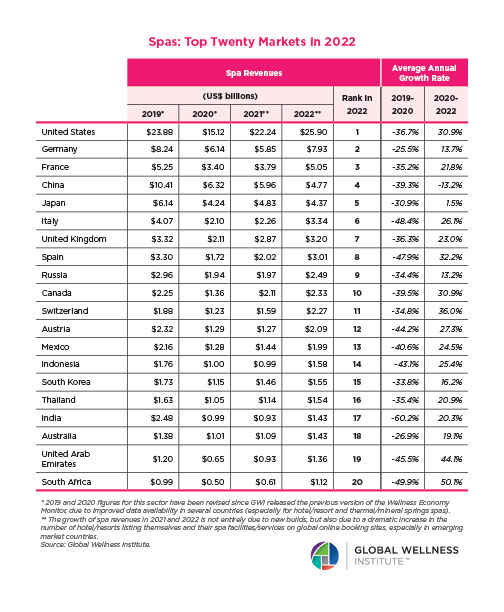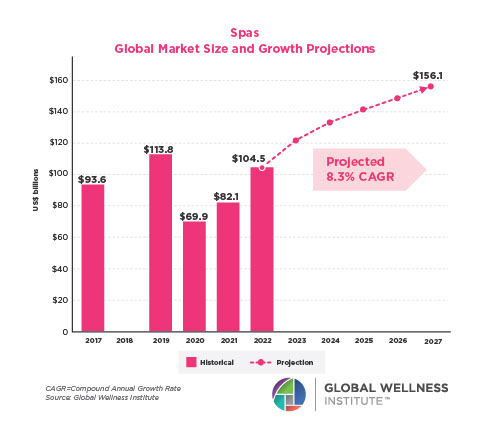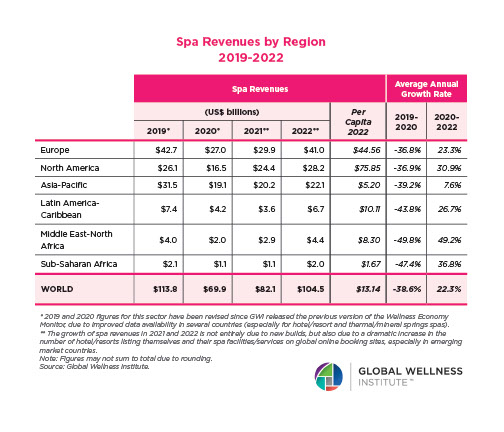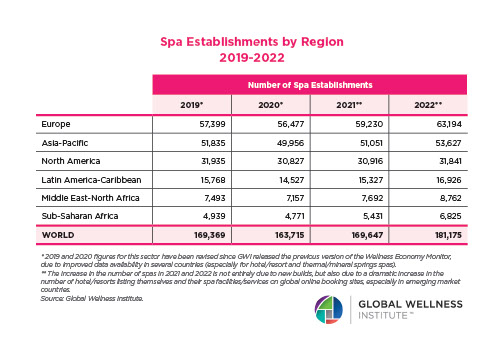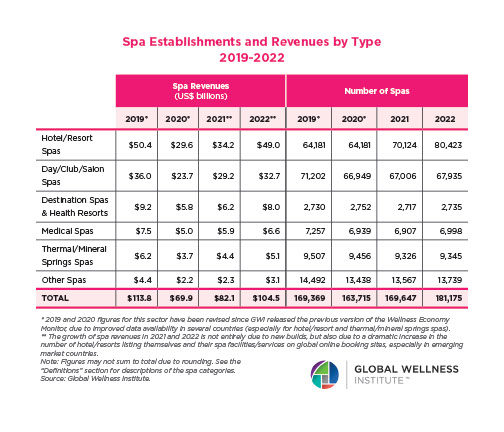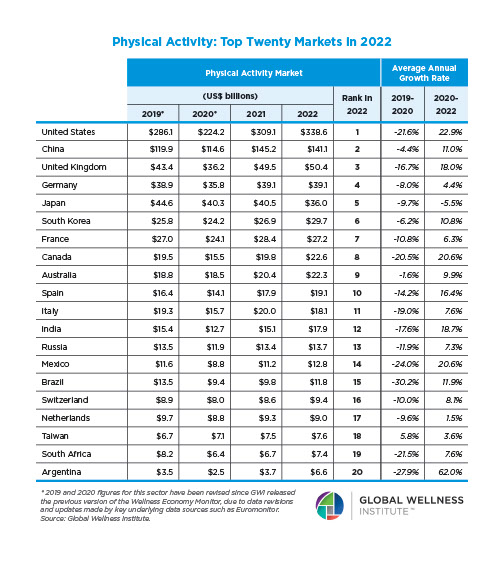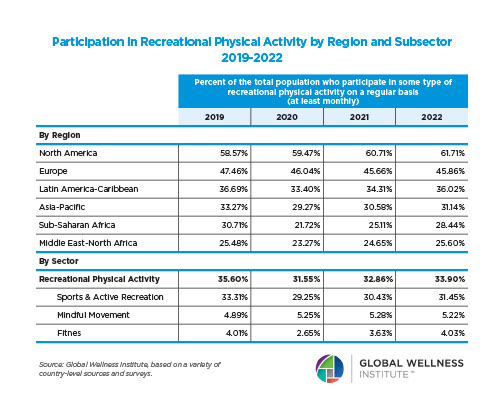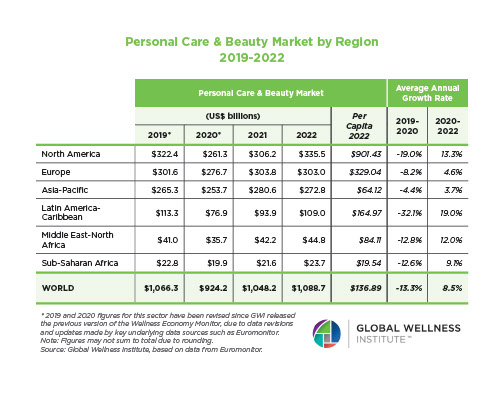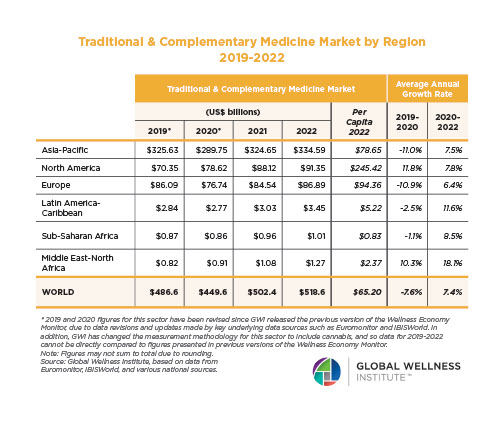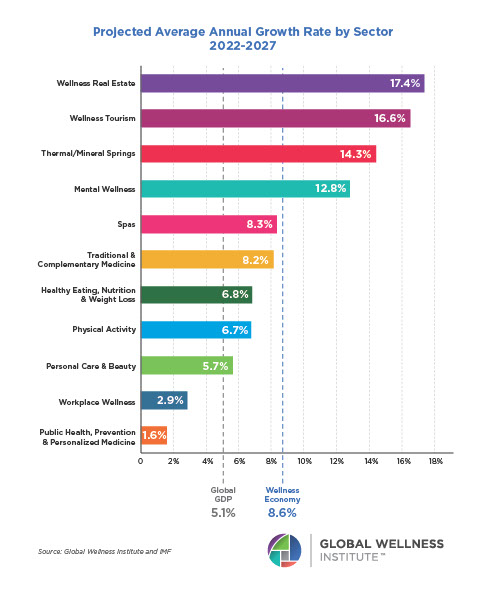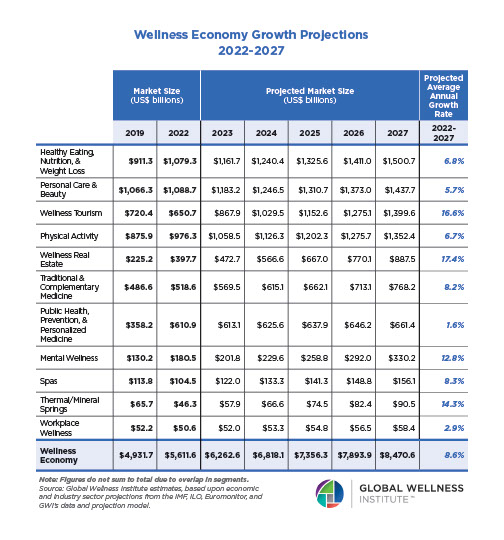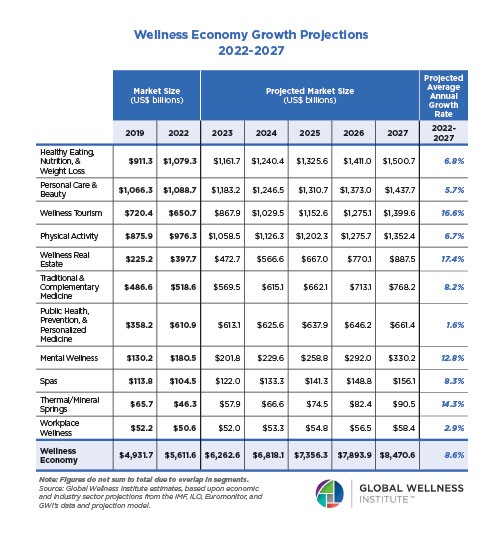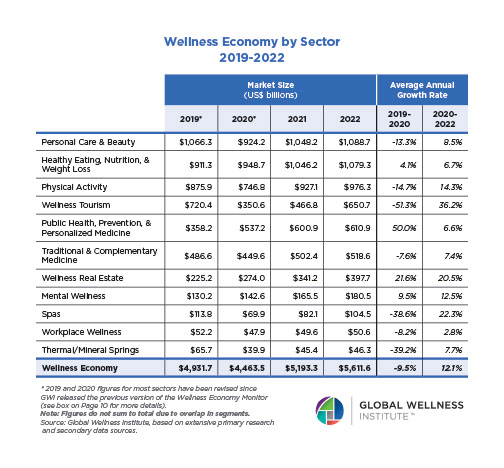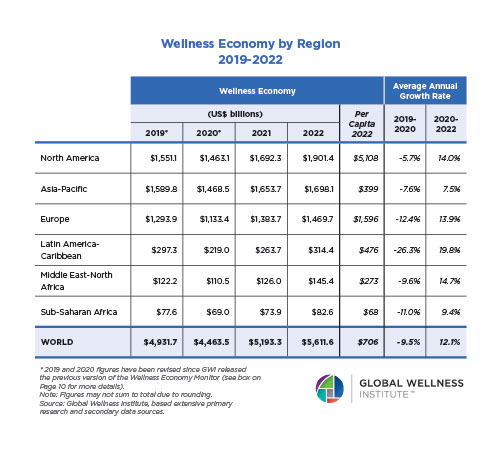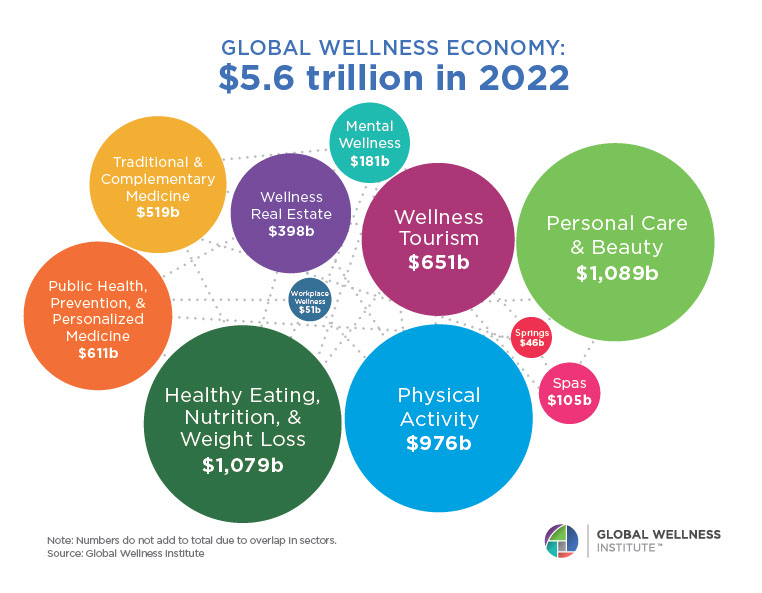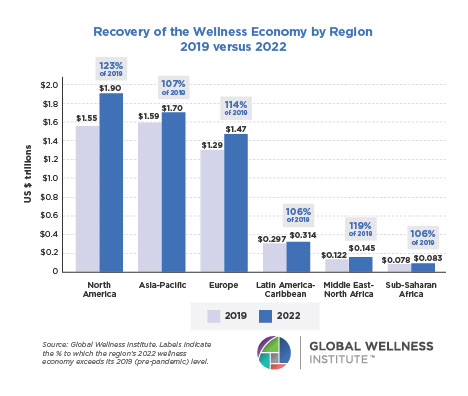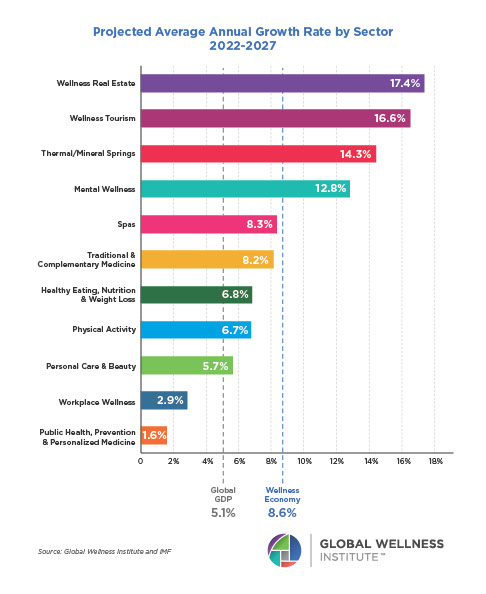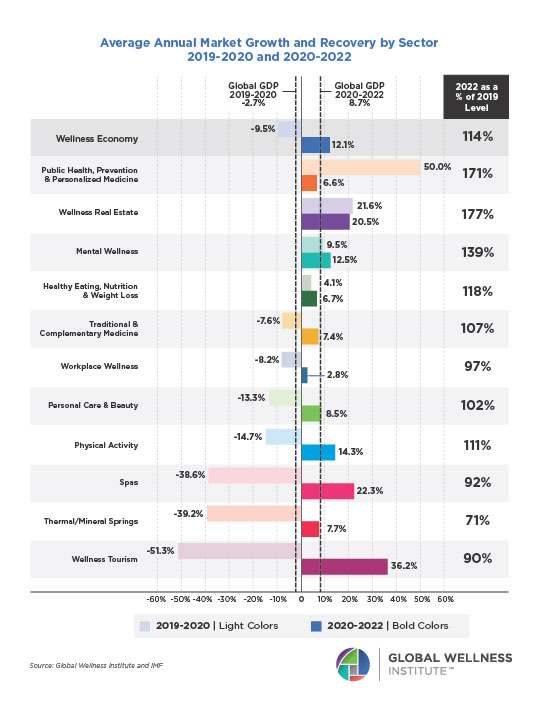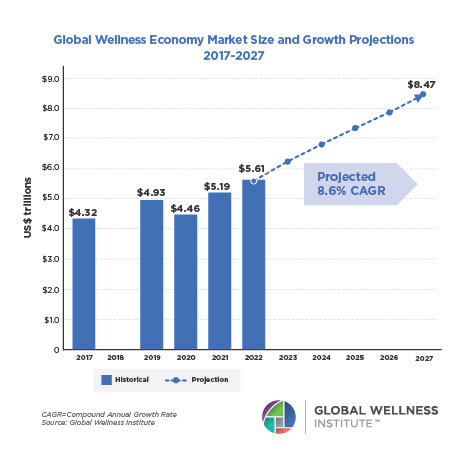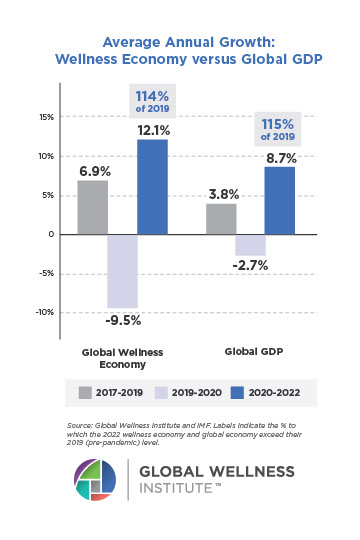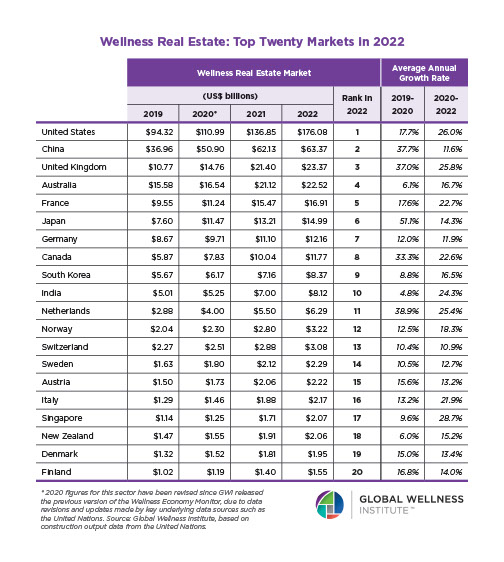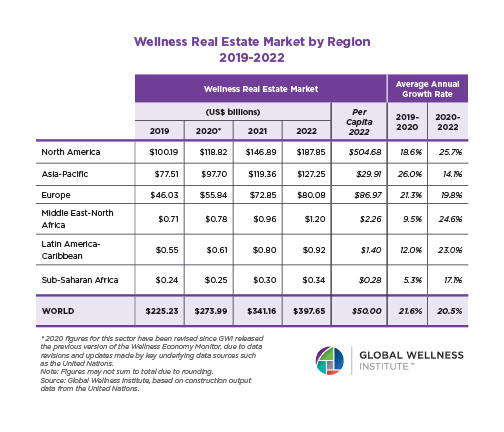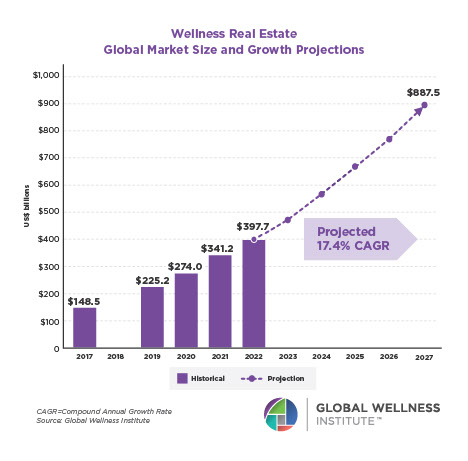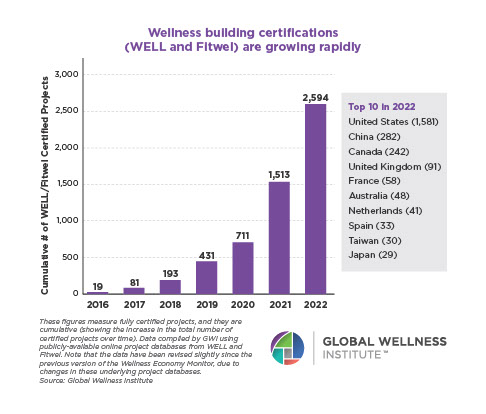
How Wellness Policies Can Promote Responsible Tourism
By Tonia Callender, GWI research fellow
Wellness in tourism extends beyond a destination’s wellness businesses and services. It also involves protecting the wellbeing of the tourism workforce and the surrounding communities. As global tourism recovers from the pandemic’s impact, many destinations are feeling the strain of overtourism which threatens residents’ wellbeing, bringing noise, congestion and rising costs, while reducing access to wellness-enhancing activities. Across the world, communities–from Mexico to Germany, Spain and Italy–are protesting the large influx of visitors. Governments are responding, seeking to protect their cultural treasures, local infrastructure and their communities’ wellness.1 Recently, Japan’s government created a national organization to address overtourism and safeguard its residents and historic sites.
Wellness in tourism policies offer responsible and sustainable solutions that cultivate and protect regional assets for the long-term benefit of all. GWI’s Policy Toolkit: Wellness in Tourism outlines methods for incorporating sustainability into policies and programs to promote both communities and tourism assets. It explains the connection between wellness tourism and sustainability and highlights wellness policy solutions that balance the needs of tourism providers, cultural and historical resources and the local communities. The Toolkit uses a comprehensive approach to protect and support everyone’s wellbeing, including tourism workers, residents, indigenous peoples, and visitors. Sample policies discussed include:
- Promote the “business case” for responsible and sustainable tourism to local communities and businesses.
- Engage residents, native peoples, businesses and destination management organizations in priority setting, tourism planning, and developing responsible policies.
- Incorporate comprehensive environmental sustainability in destination stewardship. This includes:
- Visitor management, including “behavior-smart” strategies to encourage desired changes
- Wildlife and ecosystem protection
- Water, waste and energy management
- Greenhouse gas emissions and climate change mitigation
- Low impact transportation
For detailed strategies on how to engage stakeholders to support responsible and sustainable tourism see GWI’s Wellness Policy Toolkit: Wellness in Tourism.
1 For example, to protect their social, cultural and natural environments, governments are considering policies to cap the number of tourists, limit cruise ships, restrict rentals, promote less travelled destinations and raise visitor destination pricing.

